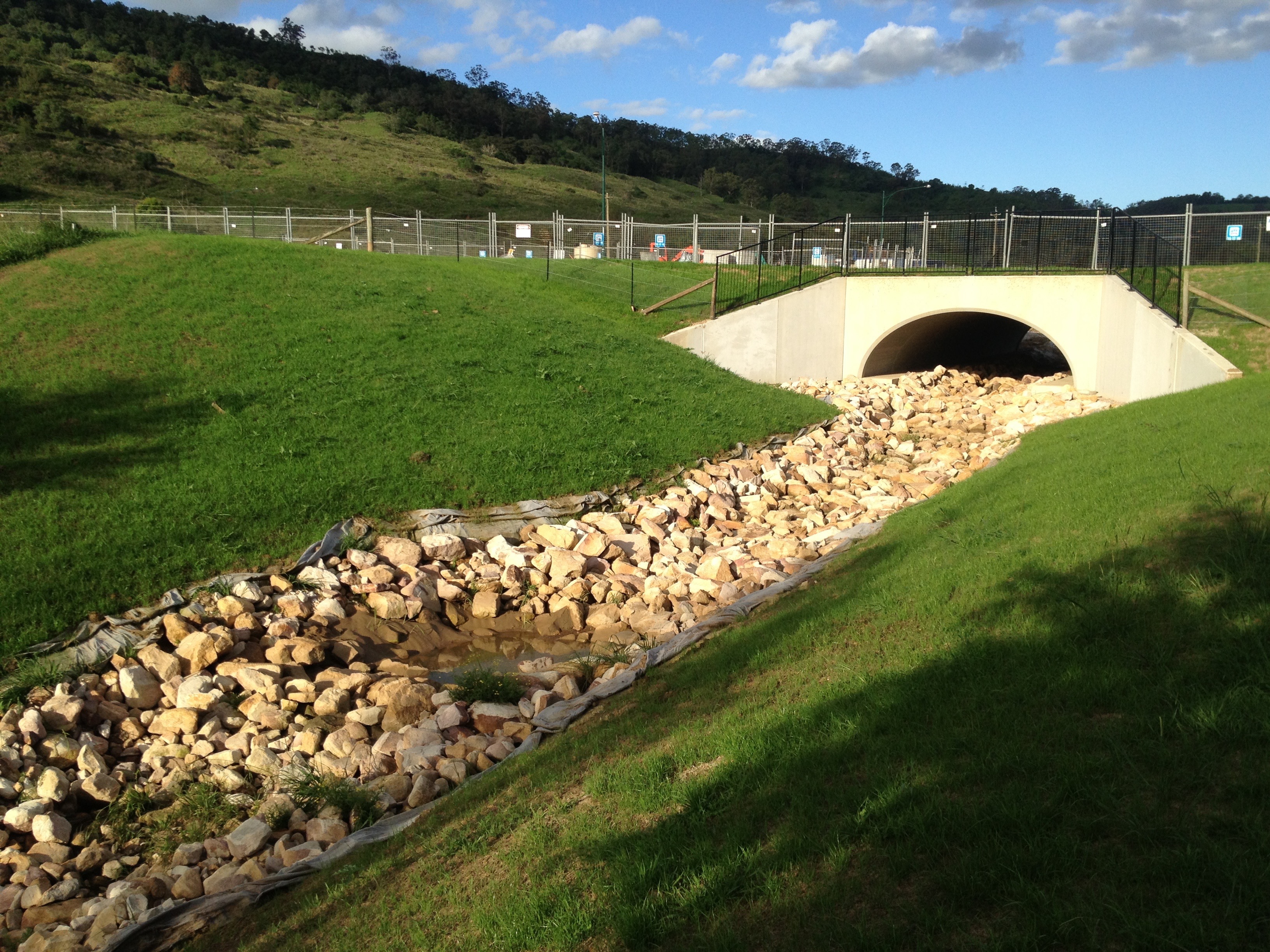
Soil Erosion
Erosion is the process where soil particles are removed from a site by the action of water or wind.
Construction projects and nature itself can create major changes to a site when the vegetative cover is removed. If left untreated, erosion problems will occur.
A variety of techniques can be used to treat problems, but each site should be evaluated prior to treatment.
GRASSMASTER offers a wide range of processes to correct erosion problems
Construction and Earthworks
Today’s earthworks project must satisfy an increasing number of environmental regulations, as our metropolitan areas encroach on rural lands and we alter the natural balance of the environment.
The use of hard surfaces such as concrete, bitumen, paving and building products, decreases infiltration of water into the soil, and therefore increases run-off of stormwater. The increased run-off from construction sites can lead to pollution of natural waterways. Siltation basins are usually used to retain the water for treatment prior to release to the surrounding waterways.
Desilting of basins and cleaning of stormwater pipes can prove to be a costly exercise. Maintenance costs can be minimised by establishing a grass cover over the disturbed work area as the project is in progress.
SUCCESSFUL COST-EFFECTIVE ENVIRONMENT REVEGETATION
A vegetative cover is the most cost-effective form of erosion control available and GRASSMASTER uses a combination of Revegetative Techniques

The methods outlined on this web site are all designed to achieve revegetation on disturbed areas. They all play a role in attaining vegetative cover, but no single method will be adequate in all situations. Using a method which has a lower initial cost might not achieve a satisfactory vegetative cover, and could end up costing more in the long run.
The best way to achieve erosion control is to establish a permanent vegetative cover to minimise runoff and wind erosion
